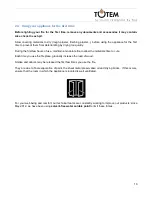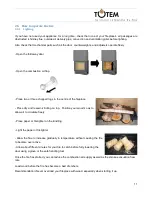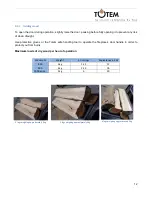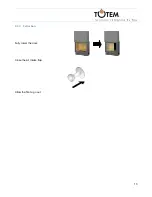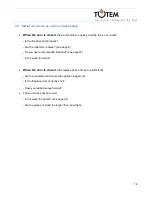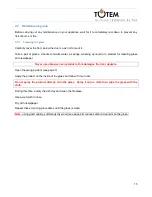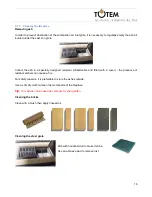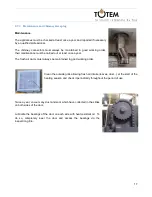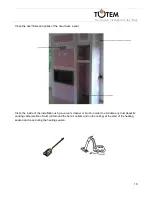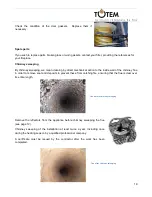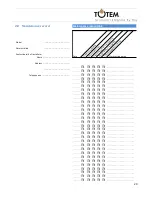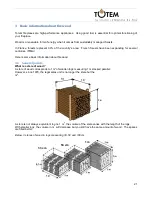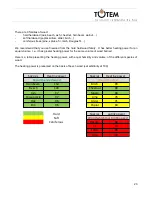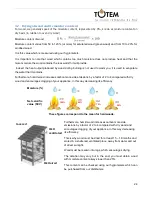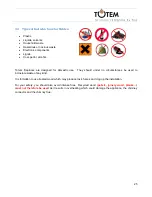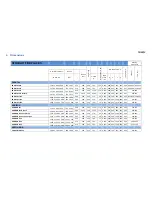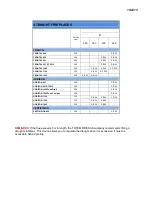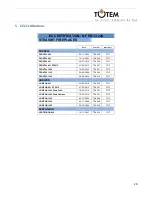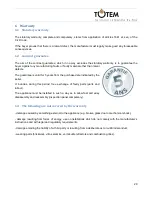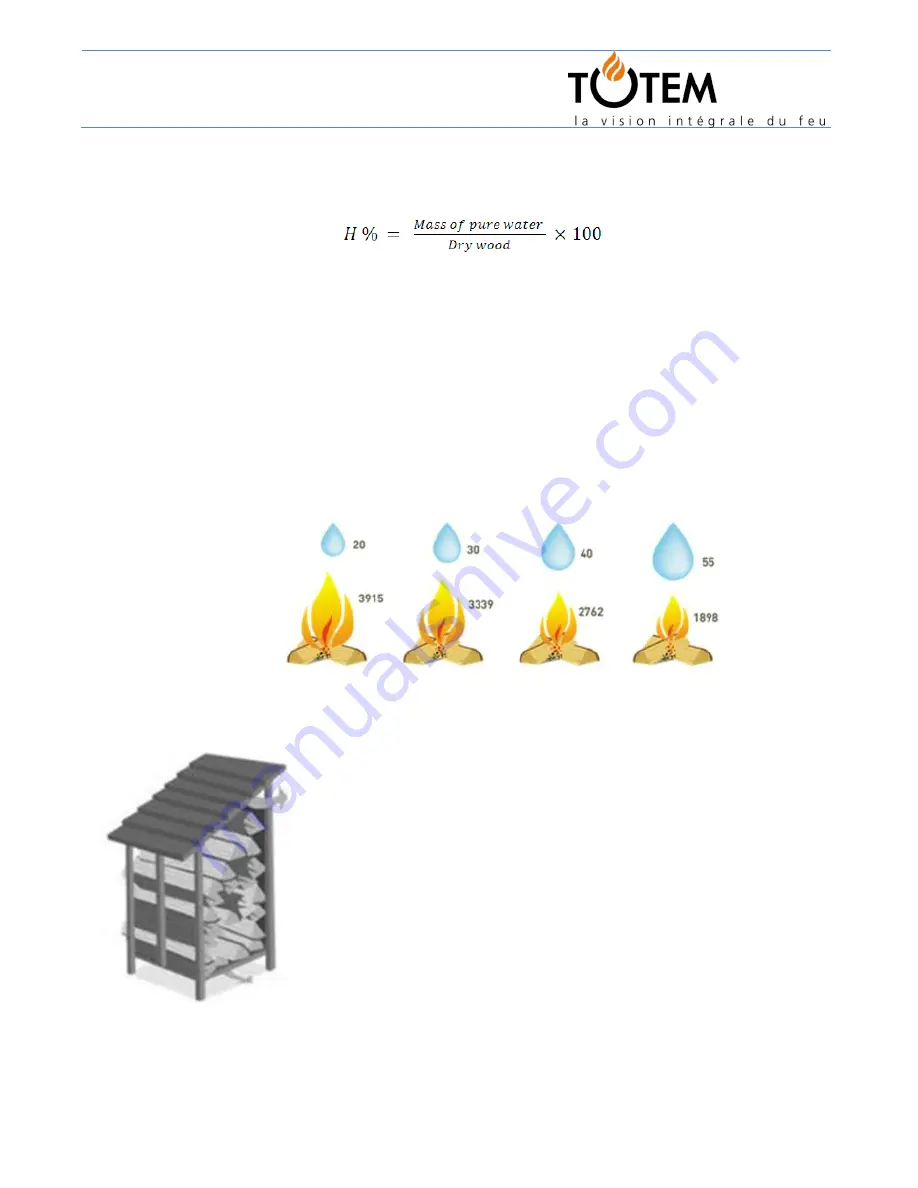
24
3.2
Drying of wood and its moisture content
For wood, we generally speak of the moisture content, represented by H%, known as moisture content on
dry basis (in relation to oven dry wood).
Moisture content of wood:
Moisture content varies from 50 to 120% (or more) for saturated wood (green wood) and from 10 to 20% for
air-dried wood
It is this value which is measured using our hygrometers.
It is important to note that wood which contains too much moisture does not produce heat and that the
more moisture the wood contains the less warmth it will provide.
Indeed, the heat output produced by wood during burning is not used to warm you, it is used to evaporate
the water that it contains.
Furthermore, humid wood increases carbon monoxide emissions by a factor of 2 to 4 compared with dry
wood and encourages clogging of your appliance, in this way decreasing its efficiency.
Furthermore, humid wood increases carbon monoxide
emissions by a factor of 2 to 4 compared with dry wood and
encourages clogging of your appliance, in this way decreasing
its efficiency.
This is why wood must be dried for at least 15
– 18 months and
stored in a sheltered, ventilated place, away from water and out
of direct sunlight.
Wood must be resawn into logs, which encourages drying.
The duration may vary but in the end, you must obtain wood
with moisture content always lower than 25%.
This content can be checked using our hygrometers which can
be purchased from our distributers.
Moisture (%)
Net calorific
value (NCV)
These figures correspond to the mean for hardwoods.
Covered
Well
ventilated
Well aired
100%
85%
70%
50%

